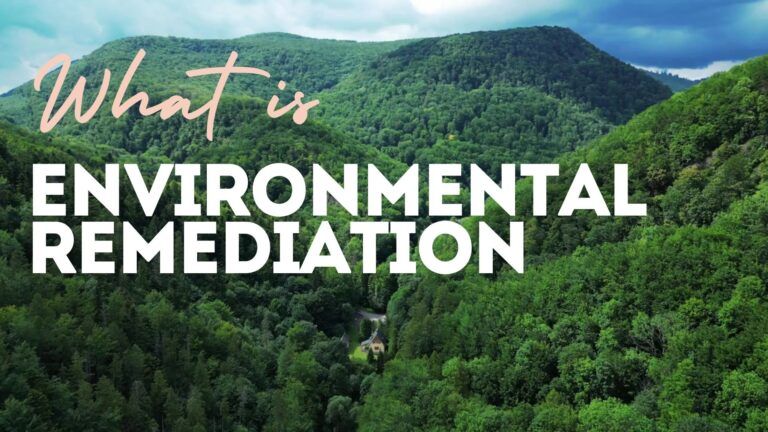Australia’s National Health and Medical Research Council (NHMRC) has released draft guidelines that propose stricter limits on drinking water PFAS (per- and polyfluoroalkyl substances). PFAS, often called “forever chemicals,” are synthetic compounds commonly used in products such as non-stick cookware, waterproof clothing, and firefighting foam. These chemicals persist in the environment for decades and can accumulate in living organisms, leading to growing concerns about their potential health impacts.
The proposed guidelines represent an update to the NHMRC’s 2018 recommendations, aligning with global efforts to address the risks posed by PFAS contamination. The updated draft limits are based on the latest scientific research, which assesses the levels of PFAS a person can consume daily without significant health risks.

Fundamental Changes in the Draft Guidelines
Under the draft guidelines, the recommended safe limits for four specific types of PFAS in drinking water have been significantly reduced:
• PFOA (perfluorooctanoic acid): The previous limit of 560 nanograms per litre (ng/L) has been lowered to 200 ng/L.
• PFOS (perfluorooctane sulfonic acid): Previously part of a combined limit of 70 ng/L with PFHxS, PFOS now has its recommended limit of 4 ng/L.
• PFHxS (perfluorohexane sulfonic acid): This chemical now has a proposed 30 ng/L limit.
• PFBS (perfluorobutane sulfonic acid): The draft recommends a limit of 1,000 ng/L for this compound.
These limits are much lower than previous guidelines, reflecting increased awareness of PFAS’ persistence in the environment and their potential risks.
How Do Australia’s Limits Compare Internationally?
Australia’s new draft guidelines are part of a broader global movement to regulate PFAS levels more strictly. In April 2024, the U.S. Environmental Protection Agency (EPA) introduced legally enforceable limits on six types of PFAS, setting the bar much lower than Australia’s proposed thresholds for some chemicals, such as PFOA.
Different countries set their PFAS limits based on various scientific and legislative factors. For example, the World Health Organization (WHO) maintains higher acceptable levels of PFAS in drinking water than in the U.S. and Australia. According to NHMRC CEO Steve Wesselingh, the difference is that in the U.S., if a chemical is deemed carcinogenic, its allowable limit must be reduced to nearly zero.
Australia’s approach focuses on setting a threshold where the health risk is considered minimal, taking into account potential impacts such as thyroid issues, bone marrow problems, or cancer.
What’s Next?
The NHMRC’s draft guidelines are now open for public consultation, with final recommendations expected in April 2025. Until then, the 2018 guidelines remain in place.
The proposed limits could have significant implications for Australia’s water supplies. Many jurisdictions may find that their current water quality no longer meets the new standards, leading to urgent action to ensure compliance. Testing programs are already underway in some regions, such as New South Wales, where PFAS has been detected in water supplies at levels exceeding the proposed limits.
Who Bears the Costs?
The question of who will bear the cost of addressing PFAS contamination remains open. Implementing the technology to remove these chemicals from drinking water could be expensive, and the debate centres around whether taxpayers, companies that produced PFAS-containing products, or both should foot the bill. The “polluter pays” principle, which holds manufacturers responsible for the costs of cleaning up contamination, is one potential solution being explored by policymakers.
FAQs
1. What are PFAS, and why are they a concern?
PFAS (per- and polyfluoroalkyl substances) are synthetic chemicals used in products like non-stick cookware and firefighting foam. They persist in the environment and can accumulate in the human body over time, leading to concerns about potential health effects.
2. What do the new NHMRC guidelines propose?
The NHMRC’s draft guidelines propose stricter limits on four types of PFAS in drinking water, including reducing the allowable levels of PFOA, PFOS, PFHxS, and PFBS.
3. How do Australia’s new limits compare to other countries?
Australia’s draft limits are stricter than past guidelines but still higher than those recently set by the U.S. Environmental Protection Agency. The WHO maintains even higher allowable levels for some PFAS chemicals.
4. When will the new guidelines take effect?
The draft guidelines are open for public consultation, with final recommendations expected by April 2025. Current guidelines from 2018 remain in effect until then.
5. Will my local water supply be affected?
If the draft guidelines are adopted, some Australian water supplies may no longer meet the new safety standards. Local governments and water authorities are already testing water supplies to ensure compliance.
6. Who will pay to clean up the PFAS contamination?
The costs of removing PFAS from drinking water could be substantial. There is ongoing debate about whether taxpayers or companies manufacturing PFAS-containing products should bear the costs.
7. How can I learn more or provide feedback on the draft guidelines?
The NHMRC has opened the draft guidelines for public consultation, allowing individuals and organizations to provide feedback before the final version is released in 2025.
8. Where can I find information on Australian Environmental Standards?
A resource for Environmental Guidelines and Standards can be found on the ESdat Environmental Data Management Software website.
Articles related to PFAS in Drinking Water
Unmasking the Silent Intruder: Navigating the Depths of PFAS Exposure in Environmental Consulting
What are some environmental regulations on PFAS use and disposal?
What are per- and polyfluoroalkyl substances (PFAS)






